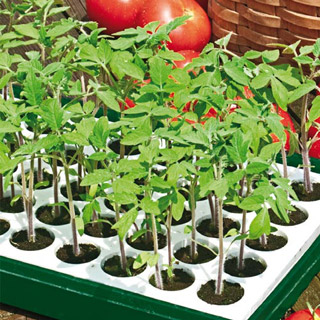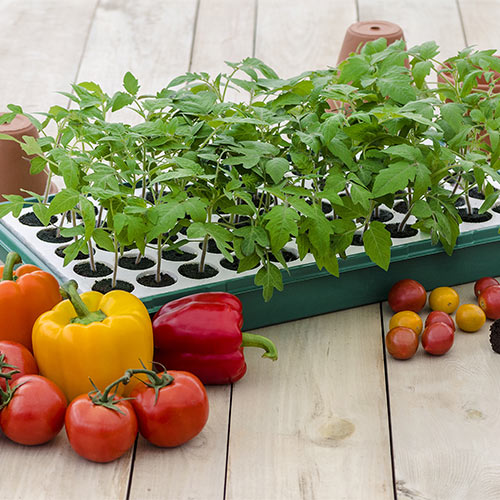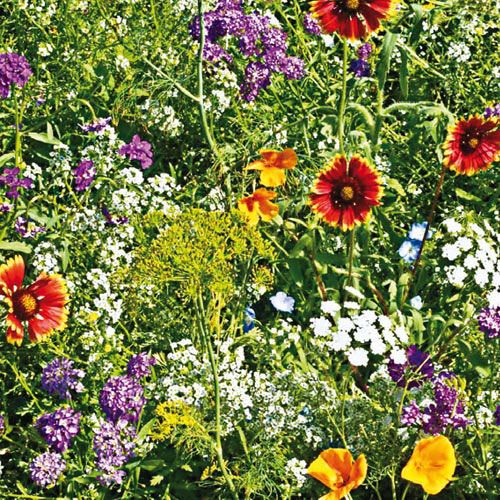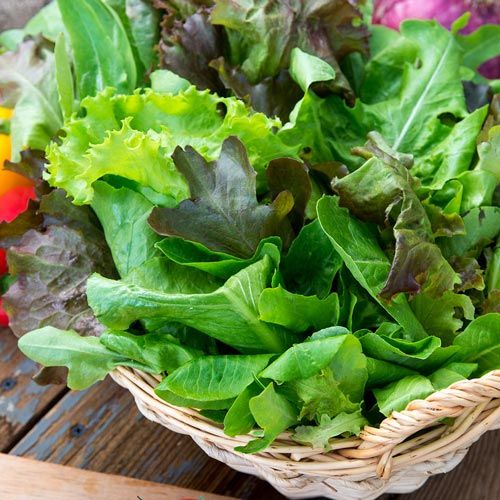Now that the plant has sprouted and gone through the food supply provided by the seed itself, you’re responsible for feeding the burgeoning baby plant. You should feed your seedlings one-quarter strength plant food. If the solution is too strong, it will burn the baby plant. Use room temperature water when you are watering your plant.
Tag: seed deals
Sowing Your Own Seeds – Part II
To sprout, most seeds prefer a temperature between 70 and 85 degrees (for specific temperatures, see the back of your seed packet). Seeds can be kept in any place that offers warmth. Windowsills can also work, but be sure to check them for drafts that could potentially end your seedling’s short life.
Attracting Good Bugs to Your Garden!
Gurney’s Beneficial Bug Blend! This superior blend of flowers and herbs has been specially formulated to attract beneficial insects to your garden.
Grow Up! – The Vertical Vegetable Garden
Do you picture a typical vegetable garden as a vast area, with neat rows stretching to the horizon? Well, it doesn’t have to be that way. If your garden area is limited, you can save space by doing something your mother probably told you– “Grow Up!”
November Gardening Reminders
In some regions, gardeners are finding that it’s just too cold to be outside. Don’t spend the season mourning the loss of your summer garden, though.




